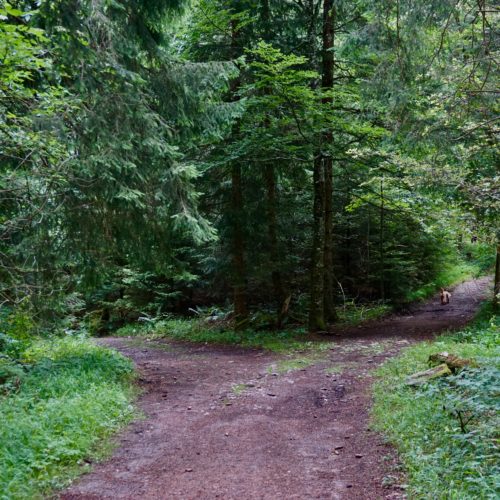 I recently attended a talk by Clare Dubois, the founder of TreeSisters, a global network of women who fund the restoration of tropical forests as a collective expression of planetary care.
I recently attended a talk by Clare Dubois, the founder of TreeSisters, a global network of women who fund the restoration of tropical forests as a collective expression of planetary care.
I was very moved by Clare. She used a stark image as she was talking about the destruction of mother earth: You can only rape your mother so much until she goes crazy. This made me shudder, and really hammered it home to me that I haven’t had enough urgency around the fact that we continue to exploit our planet, even at the potential cost of our survival.
TreeSister’s goal is to make it as normal for everyone to give back to nature as it currently is to take nature for granted.
And it’s high time that as a collective, we turn from exploitation to proactive care for our earth. Of course that’s easier said than done, and I’m grateful for women like Clare, whose power and presence wake us up from our collective numbness, move us to think differently, give us a platform to do something impactful, and get results fast.
Clare’s talk made me think about depletion and restoration, and how it shows up in leadership.
What if we restored rather than depleted our own resources?
Trees are going through a development cycle bound to the seasons of the year. Most trees spend the winter in a deep state of quiet, yet in the spring, summer and fall they are awakening, changing, and growing. Trees restore themselves by going with the seasons. You can’t tell a tree to grow faster. It does it at its own pace. What can we learn from trees, in a society where we are constantly trying to optimize ourselves for performance? Where we have deep expertise in nutrition, exercise, sleep patterns and own fancy gadgets that are constantly monitoring how we are doing against our personal wellbeing goals. You would think we have it all nailed and live a life in perfect balance. Of course that’s not the case – we know we constantly struggle with overwhelm, tight deadlines, too many commitments, and the need to always excel in whatever we’re doing, all while making it look effortless.
In our quest for wellbeing and resilience, we are looking for restoration from the outside in, and it’s not working.
According to a recent HBR article by Emma Seppala and Marissa King, compared with roughly 20 years ago, people are twice as likely to report that they are always exhausted. Close to 50% of people say they are often or always tired due to work. This is a shockingly high statistic and it isn’t just a problem for busy, overworked executives. It is pervasive across professions and up and down corporate hierarchies.
What if we flipped it and looked for restoration from the inside out?
And what if we held the intention of going through just one day with a lot less effort, and with more ease and joy? Just as an experiment, to see how it would shift our perspective? And who knows – maybe we would, rather than just exhaustedly spinning our wheels, actually move forward that way? This could be one of the keys to unlocking ourselves from our frantic busyness, and have a massive positive impact on the teams and organizations we lead.
Is holding an intention enough though, my inner sceptic wonders. And what else might we try so we can better resource ourselves? I’m a long time meditator and mindfulness practitioner, and I’m a big believer that getting still and becoming really present with ourselves offers respite from exhaustion, and, with practice, becomes a source of resilience, inner peace, and joy, even in hectic, demanding, and overwhelming environments. Try it for yourself: Start by sensing into your mood and your body. How do you feel in this moment? Then give yourself permission for a mini break. You can do this at your desk at any time. Put both feet on the floor and feel the ground underneath your feet. Sit with a straight back. Then take a deep breath through your nose, filling your belly and your lungs, and while exhaling, try to let go of any tension in your body. Do this three times in total. Then check in again. How does your body feel now compared to when you started? Has your mood shifted slightly? You can incorporate this several times into your day. And use it as a reminder for your intention of going through just one day with a lot less effort, and more ease and joy. And then, over time, moment by moment, working from that intention, you may notice the proverbial treadmill starting to slow down, and inviting you to jump off for a while.
You are learning to restore yourself from the inside out.




